Over the past decade, rising US tariffs on certain Asian imports have prompted many manufacturers to diversify operations into South and Southeast Asia. These regions became attractive alternatives for foreign investors due to strategic locations, growing workforces, and expanding infrastructure.
However, recent policy changes under the current US administration have expanded tariff measures globally, placing several countries in the region among those facing some of the highest duties worldwide. Analysts caution that the new tariffs, while in some cases lower than initially proposed, remain historically high and could increase costs for US consumers while disrupting established trade flows.
Beyond country-specific duties, a new 40% tariff has been announced on “transshipments” — goods shipped from a high-tariff country to a low-tariff country before being re-exported to the US. This broader definition could encompass a wide range of goods, adding uncertainty for exporters.
Tariff rates for key manufacturing hubs such as Cambodia, Vietnam, Malaysia, and Bangladesh now stand at around 19–20%. While some governments have welcomed these as better-than-expected outcomes, trade experts note that the rates remain steep and could impact competitiveness.
The measures could reshape regional supply chains. Industries such as garments, footwear, and electronics assembly — which have flourished due to lower labor costs — may see reduced growth. In some cases, companies could reconsider whether maintaining operations in these markets remains viable.
Economists note that the policy could either slow the trend of manufacturers relocating from higher-cost markets to South and Southeast Asia or push companies to restructure production processes to meet new tariff criteria. While some sectors may shift operations closer to the US, others might adapt by increasing local production in tariff-affected countries to qualify for favorable trade status.
Overall, the evolving tariff environment introduces fresh challenges for regional economies that have built growth strategies around export-driven manufacturing. The full impact will depend on how transshipment rules are applied and how businesses adjust supply chain strategies in the months ahead.
#SupplyChainNews #GlobalTrade #TariffUpdate #ManufacturingTrends #AsiaEconomy

















